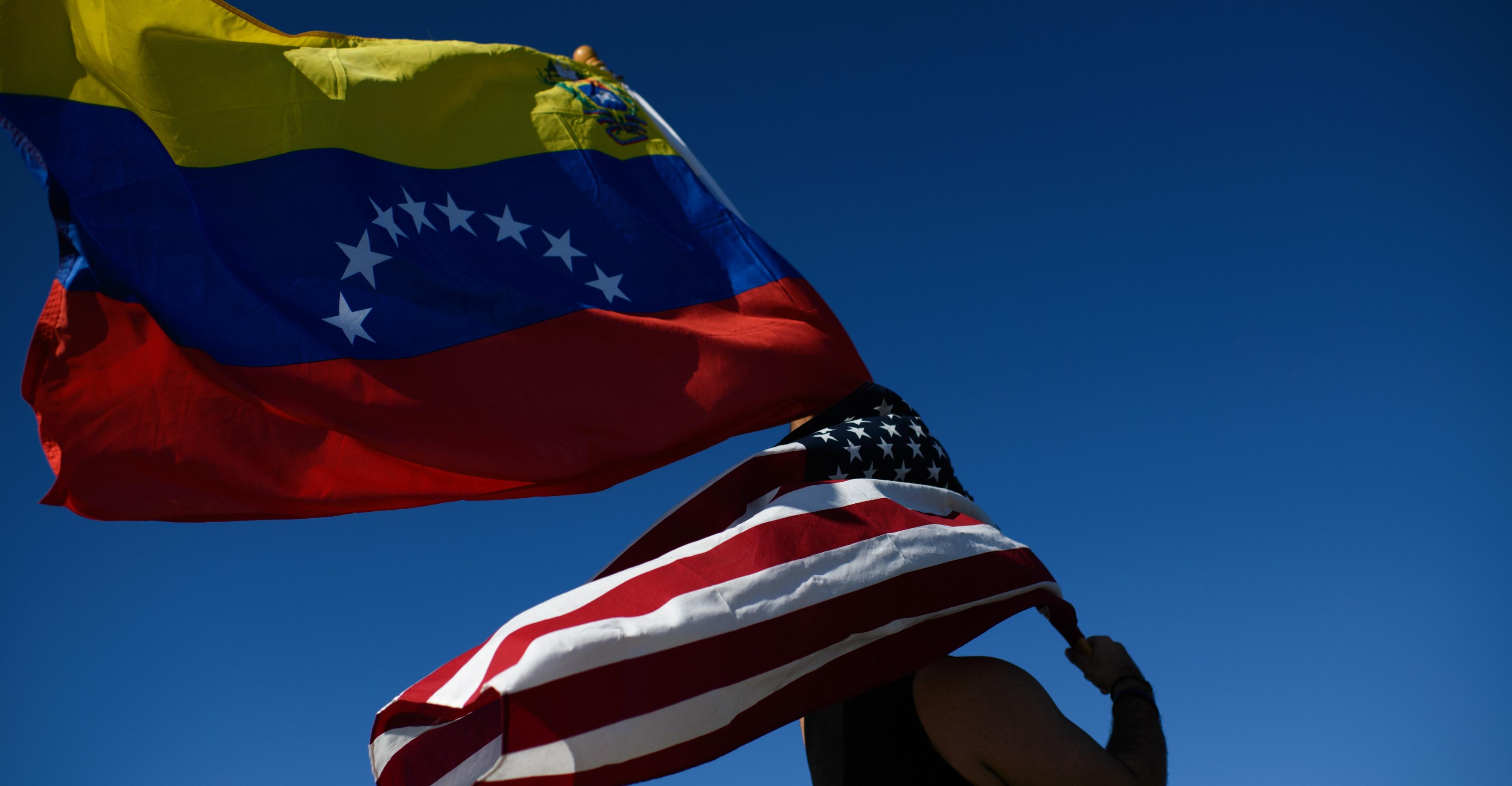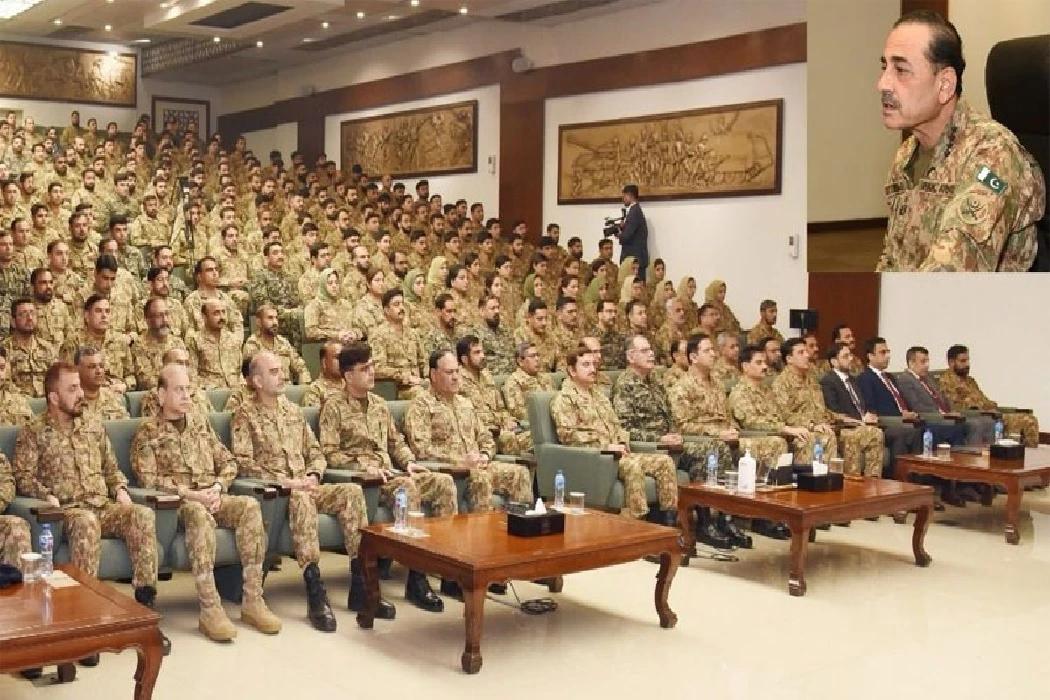Days after the attempted assassination of former President Donald Trump, lawmakers and watchdogs are taking the US Secret Service to task over how a gunman could have made it to a rooftop with an AR-15-style rifle just 400 feet away from the former president,…

Published a year ago on Jul 20th 2024, 12:00 pm
By Web Desk

Days after the attempted assassination of former President Donald Trump, lawmakers and watchdogs are taking the US Secret Service to task over how a gunman could have made it to a rooftop with an AR-15-style rifle just 400 feet away from the former president, let alone fire a weapon. As more details trickle in, it’s clear that the Secret Service failed to properly do its job. “It was unacceptable,” the agency’s director, Kimberly Cheatle, told ABC News, adding that she doesn’t plan on resigning. Onlookers, for example, spotted the suspicious man on the roof and reported him to police before the shooting. And according to CBS News, three snipers assisting the Secret Service were actually stationed inside the building that the shooter used during the campaign rally. While the Secret Service has argued that some blame lies with local law enforcement, which it partnered with for the rally, the agency is ultimately responsible for securing the event. The Secret Service’s failures over the weekend aren’t some isolated incident, but can be viewed as the natural outcome for a scandal-ridden agency that has long been in need of reform. The Secret Service has been dogged by controversies in the past decade, from Trump’s politicization of the agency to a lack of transparency around the January 6 insurrection, when it deleted its agents’ text messages in the days leading up to the attack. Several other high-profile incidents have shown the Secret Service caught flat-footed, as was the case in 2014, when an intruder with a knife jumped the White House fence and walked in through the front door. The general culture at the agency has also received plenty of criticism, too, like when allegedly drunk agents crashed a car at the White House in 2015 or when agents had to be sent back home from Colombia in 2012 after hiring sex workers while providing security for then-President Barack Obama. Perhaps most importantly, one of the agency’s chief failures has been a lack of transparency and a reluctance to admit when mistakes happen. That’s especially alarming given that the Secret Service is tasked with protecting the nation’s highest-ranking officials, all while political violence is on the rise. If events like the assassination attempt over the weekend are to be avoided in the future, the agency needs to change. The Secret Service should be more transparent In 2011, a gunman with a semi-automatic rifle fired multiple shots at the White House. According to reporting by Washington Post reporter Carol D. Leonnig, who has extensively covered the Secret Service, “nobody conducted more than a cursory inspection of the White House for evidence or damage.” In fact, it took days for the agency to realize that bullets had actually hit the White House — only after a housekeeper had noticed broken glass — and to alert President Barack Obama of the shooting. That incident underscores how slow the agency can be when it comes to recognizing or reporting security lapses. It also shows how reluctant it is sometimes to learn from its mistakes. “There was no, ‘Hey, let’s get everyone together and let’s review what happened,’” Jonathan Wackrow, a former Secret Service agent who served on Obama’s security detail, told CBS News in 2021 about the incident. That’s why the agency requires more routine oversight, which starts with being more publicly transparent about its failures. After the Trump assassination attempt, Congress announced that it will hold a hearing with the Secret Service director on July 22. President Joe Biden also said he’s ordered an independent review of the event to understand what happened. Those are good steps. But what’s clear is that the Secret Service is in need of more oversight generally, and not just after major operational failures. One solution is for Congress to broaden its investigation of the Secret Service beyond what happened at Trump’s rally and make its findings public. It should answer questions like how many close calls there have actually been — incidents where luck played more of a role in security than actual protocol. Have there been growing ties between white supremacist groups and the Secret Service? Has the agency fully addressed issues surrounding its “frat boy” work culture? Is the Secret Service properly reviewing its own security procedures after incidents like the White House shooting in 2011? “Time and time again, the Secret Service has chosen to cover up a problem rather than fix it,” Leonnig, who wrote the book Zero Fail: The Rise and Fall of the Secret Service, told CBS News in 2021. “This is a great agency ... but it needs a house cleaning; it needs help.” How the Secret Service has evolved Most people think of the Secret Service as the organization that protects the president and other high-profile officials. But when it was founded in 1865, the Secret Service was part of the Treasury Department and tasked with detecting fraud and counterfeit currency. It wasn’t until 30 years later that it started providing informal protection of then-President Grover Cleveland. And after the assassination of President William McKinley, the Secret Service added protecting presidents to its official duties. The Secret Service still investigates financial crimes and fraud and provides protective details to presidents, their families, and other officials like the vice president or presidential candidates. But in 2003, in the aftermath of the September 11 attacks, the agency was moved to the Department of Homeland Security. One of the most visible ways that the agency has changed is how many more people it protects today than in the past. According to a 2021 report by the National Academy of Public Administration, while the Secret Service declined to provide an exact number of how many people it protects, it showed that the number of travel visits by protectees increased from just under 3,200 in 2010 to over 4,000 in 2018. That’s in part because Trump designated Secret Service protection for his adult children, who often traveled internationally, and other staff members in his administration. The Secret Service can generally decline providing protection for people other than those required by statute — like the president and vice president — based on its assessed security risk, but it often provides protection well beyond what is required of it. Where the Secret Service goes from here Transparency is the first step to a reformed Secret Service. But what’s already known about the agency shows there’s plenty of room for improvement. John Koskinen, the former commissioner of the IRS who worked on the 2021 NAPA report on the Secret Service’s workforce, found that the agency needed more staffing. “The place ran better if they had enough people, but they were chronically understaffed,” Koskinen said. According to the report, employee turnover and a lack of sufficient hiring resulted in a staff that was less experienced, overworked, and stretched too thin. “The major finding was that as the staffing increased, employee satisfaction increased,” Koskinen said, meaning that more staffing would lead to less turnover as a result of burnout. Koskinen believes Congress should focus on the lack of sufficient staffing, especially given the expanding scope of the Secret Service’s mission. The number of people it protects, for example, has grown, with requests like Trump’s for Secret Service protection for his adult children and top officials just before he left office. It’s not clear, however, whether staffing problems had anything to do with the security lapses at Trump’s rally. The agency did hire over 600 new employees in 2023, and the Secret Service had recently bolstered security around the former president before the incident. That’s all the more reason for Congress to expand its investigation beyond what went wrong at Trump’s rally to get a full picture of how big of a problem staffing actually is — before committing more funding to the agency so that, if needed, the money can be properly directed. One question that Congress should ask that could help address the Secret Service’s needs — from transparency to resources — is whether the Department of Homeland Security is where it should be housed. Before the 9/11 attacks, the Secret Service was part of the Treasury Department. But since it moved to Homeland Security in 2003, people have questioned whether it receives enough scrutiny or accountability, blending into a massive bureaucracy of over 250,000 employees. “Are they given the right visibility in light of the importance of their job, or do they get lost day in and day out of that huge organization?” Koskinen said. Now, with the Secret Service under renewed scrutiny, Congress has a chance to review the agency’s transparency, staffing problems, and the scope of its mission. And it might be time to rethink how the agency approaches all three.

8BitDo’s new wireless Xbox controller has swappable ABXY button switches
- a day ago

How Trump brought the World Cup to America
- a day ago

Is this the folding iPhone’s creaseless display?
- a day ago

This free feature helps make stolen Bosch e-bikes unsellable
- a day ago

Quetta: Prime Minister arrives at Governor House, briefed on provincial affairs and development projects
- 20 hours ago

Trump’s revenge campaign is now putting the entire Justice Department at risk
- 6 hours ago

PM announces to launch major development projects in Balochistan
- 18 hours ago

Air chief visits Saudi Arabia, pledges to strengthen defense cooperation
- 20 hours ago

What actually is the “Donroe Doctrine”?
- a day ago

Armed Forces remain steadfast in safeguarding country’s sovereignty: Field Marshal
- 20 hours ago

Field Marshal meets Bangladesh air chief, reaffirms commitment to strengthen defense relations
- 18 hours ago

Trump’s immigration crackdown turns deadly in Minneapolis
- 6 hours ago
You May Like
Trending








